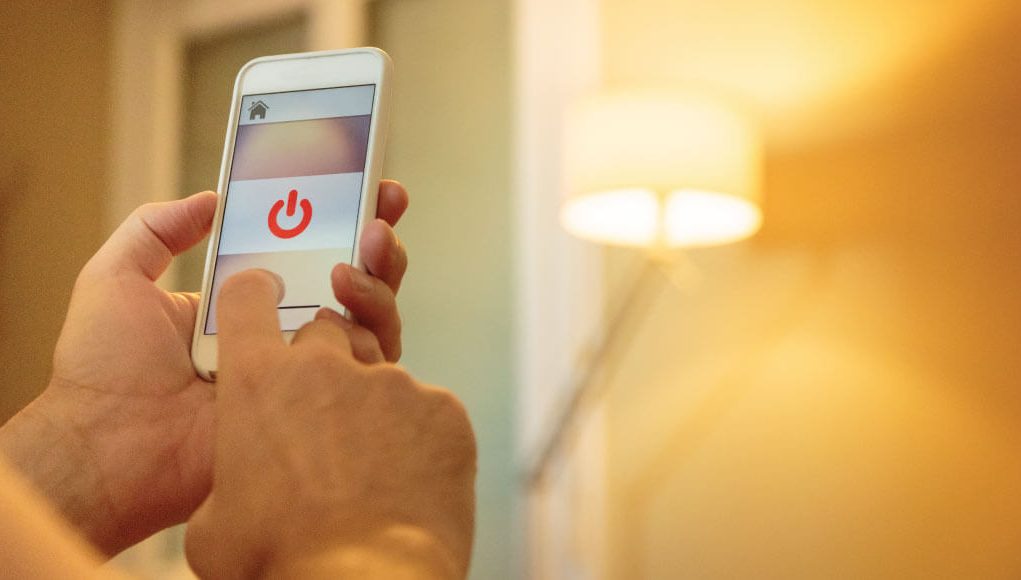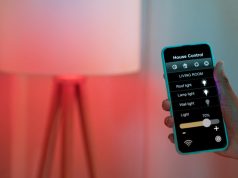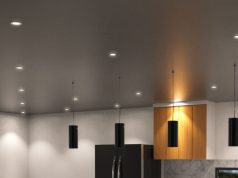When light bulbs were first introduced, do you think people at the time ever thought that eventually, they’d be able to control their lights by talking? Probably not! That idea would be as far-fetched as flying cars and time machines back in the day. However, look at where technology has bought humanity!
Smart lighting is slowly becoming a significant player in the lighting industry. With the convenience it brings, it’s no doubt that soon, most homes will subscribe to these devices. However, it’s hard to filter what’s good and what’s not because the market is flooded with different brands, products, and features. So, to get to know more about this modern lighting solution, here are a few facts that you should keep in mind!
What is Smart Lighting, and how does it work?
Smart lighting is a lighting solution that you can control through an app on your smartphone or via smart speakers like Alexa or Google Home. These smart controls enable you to turn your lights on and off, adjust the brightness (if dimmable) and colour (if colour changing or colour tuneable). You can even create scenes, pre-sets, and timers for your lights.
There are many ways that you can make this lighting system work, but the most common is replacing regular bulbs with smart bulbs. Here, you need to screw the smart bulbs to your existing lamp holders, connect all the bulbs to your phone or smart speaker, and you’re done! It’s pretty straightforward for as long as you have the required frequency.
What are the different ways to integrate Smart Lighting into your home?
As mentioned earlier, there are many ways to make smart lighting happen in your home. Aside from smart bulbs, there are smart outlets and smart switches and controllers. So, which one should you go for and what are the pros and cons of each?
Smart Bulbs
When switching to smart lighting, the first thing that pops into the mind of many is swapping out their existing bulbs with the smart version. Smart bulbs mostly use mesh networking where each bulb wirelessly connect to the next nearest smart bulb they can find.
The problem with this is that although the bulbs link themselves together, they cannot automatically connect to your phone without a bridge device (acts as a translator) or a hub. This bridge or hub needs to be plugged into your router to make your networked devices (phone or smart speaker) communicate with the bulbs.
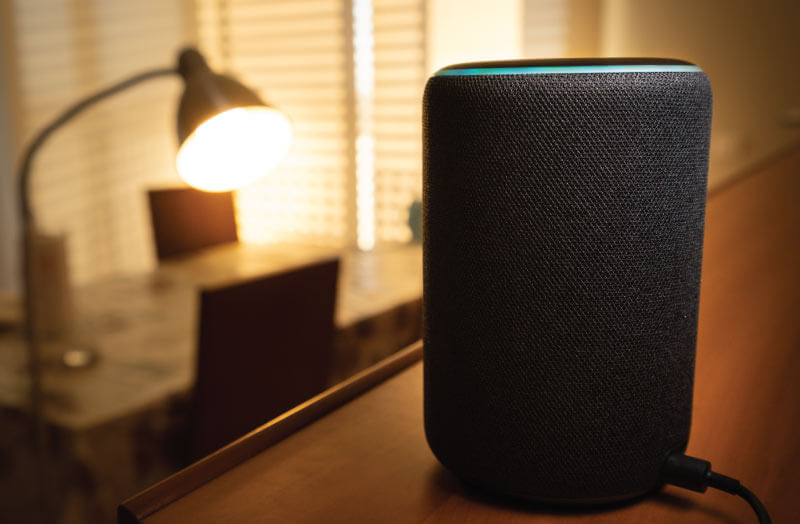
Fortunately, not all smart bulbs need a hub since some of them have built-in Bluetooth or WiFi capabilities. However, they can be more expensive than a normal smart bulb.
Pros:
- Straightforward setup
- Many added features and many premium brands offer this smart product
- Easy to switch out bulbs in case you need replacements
- After paying for the initial cost, the add-ons are not as pricy
Cons:
- Most of the time, smart bulbs have a screw base and similar sizes
- Many are having issues using their existing dimmers with smart bulbs
- Not as much variety in brightness and colour
- A bit pricy
Smart Sockets
The idea behind smart sockets is automating anything that’s plugged into it. So, if you’re using a plug to power your lights (eg. a table lamp), then you most definitely can use this socket and manage them using your smartphone or smart speakers.
These smart sockets are designed with WiFi capabilities, and while most smart sockets work with anything, there are lamp specific smart sockets with incorporated dimming controls. While it’s a great device, the only obvious downside is that it’s not compatible with hardwired lighting, limiting your options.
Pros:
- Accessible and convenient connection
- Can be automated and is also compatible with your other home appliances
Cons:
- Without a wall plug, you cannot use the smart socket
- Some smart plugs are too large, blocking other sockets
- Most smart sockets only have an on/off command and no dimming option.
- It can be expensive if you’re getting several for your entire home
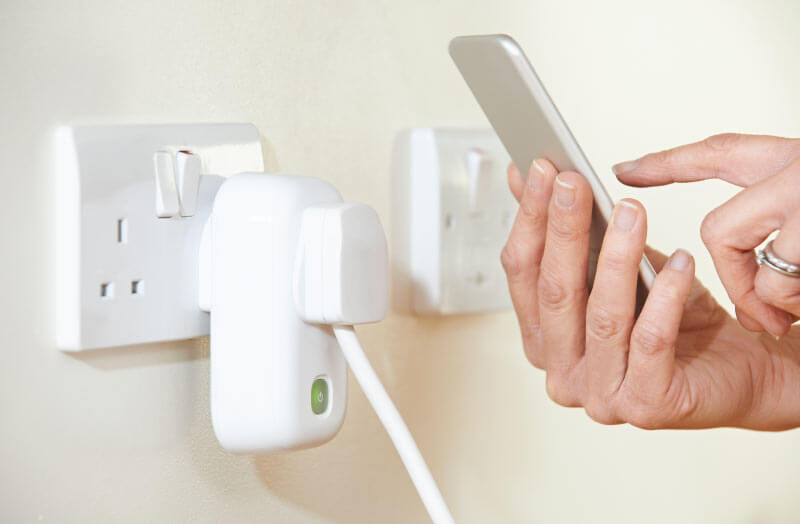
Smart switches and controllers
This type of smart home integration is pretty easy to install, and you can link multiple lights in one smart device. Smart switches and controllers are like a WiFi dimmer that goes in between your LED lights and power source. You can then connect the device to your phone (via an app) and control it like how you do with a smart bulb.
Compared to the first two, this method is the most affordable for low voltage lights and LED strips. Also, the best thing about smart switches/controllers is they can transform almost every LED fitting into a smart light without needing a hub. It’s easy to plug in, and connecting it to your network is simple, with the app guiding you through the process.
Pros:
- Cheapest method/ smart device
- Compatible with many LED lights
- Effortless to setup
- No need for a bridge or a hub
Cons:
- If you happen to lose power, you might need to reconnect
- Only compatible with low-voltage lights
Should you consider Smart Lighting?
Many are asking if smart lighting is only a fad that will be forgotten after a few years. Well, looking at the trend, rise and demand of voice command systems and phone control integration, smart lighting will not be gone in a few years. This technology is still evolving, and it may have not yet reached its full potential. So, you can expect that there will be more features, compatibility, and improvements in the years to come!
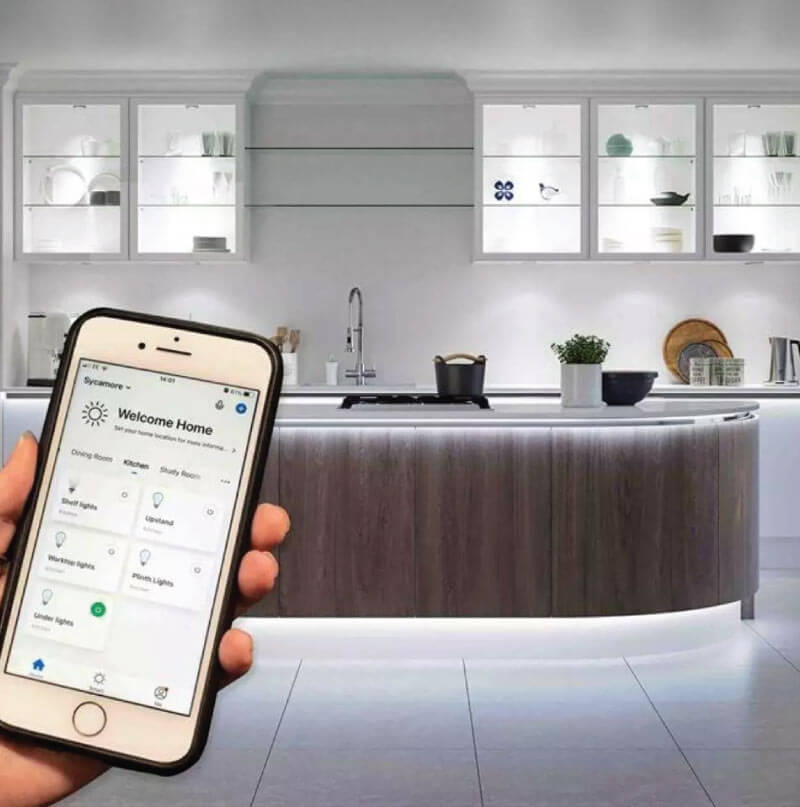
Now that you’re pretty convinced that it will not be a thing of the past in the coming years, now the question that will pop into your mind is, “is it worth it?” Compared to regular LED bulbs, smart bulbs are pricier. If you’re cutting down on your expenses, no, it’s not worth it since you can still get the same level of efficiency without paying that much.
However, integrating smart home technology enables you to manage your lights more efficiently, becoming more considerable savings over time. So, if you’re not that tight on your budget, and you really want to experience the convenience of smart lighting, then go ahead. It’s a good investment anyway, especially with the future leaning towards smart controls!
There you have it! Now that you know the basics about smart lighting and you’re convinced that you should get one, check out our website, Simple Lighting! We have a vast collection of high-quality smart home devices like smart bulbs, smart drivers, and more!


